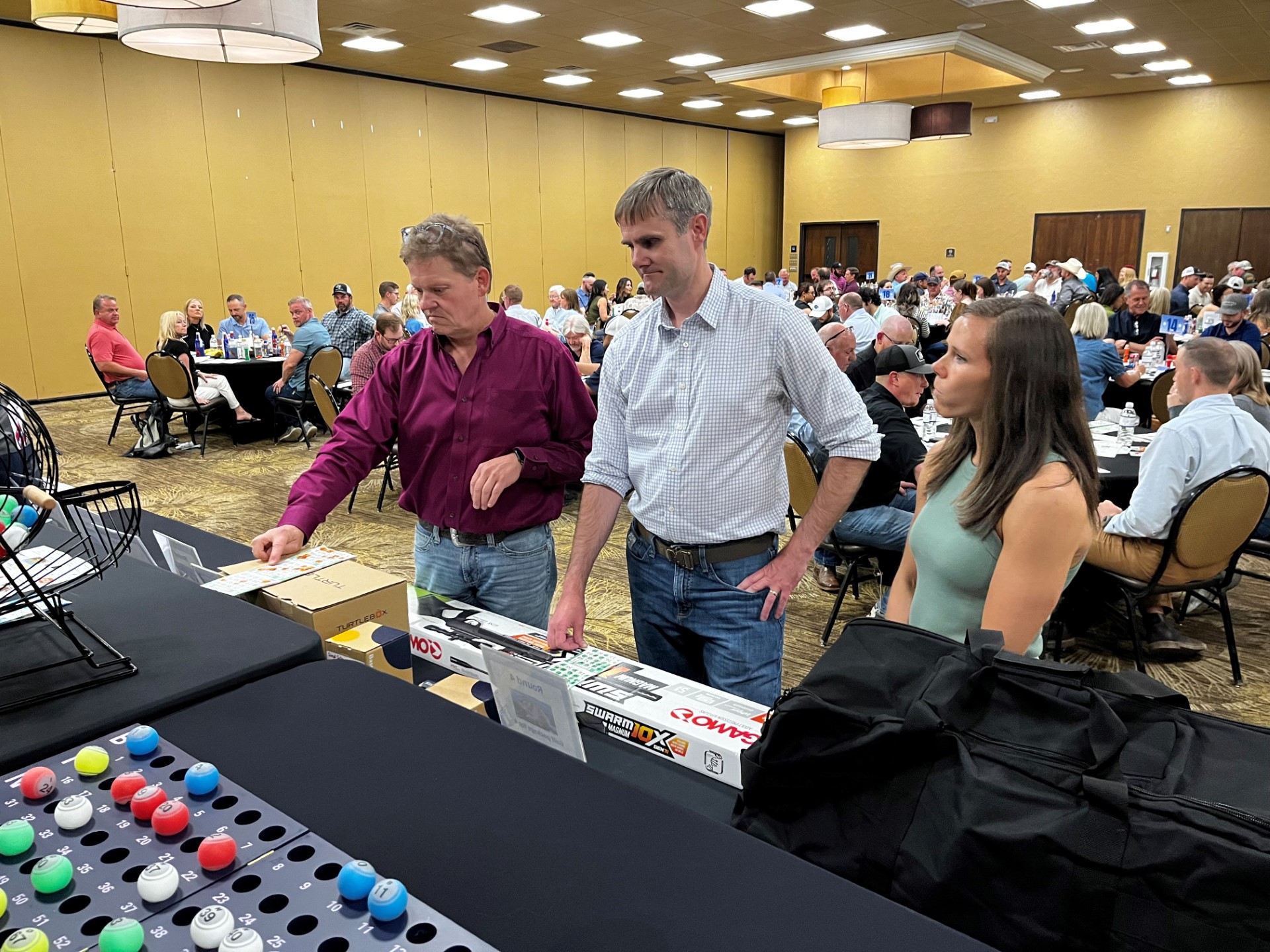2020 Hopkins County 4-H Agricultural Plan by Dr. Mario A. Villarino, County Extension Agent for Agriculture and Natural Resources

[adning id=”33097″]

Relevance: 4-H Agriculture and Natural Resources projects are an important component of the county 4-H program in Texas. Currently, sixty three percent of Texas 4-H members are enrolled in a livestock project. These projects provide youth with subject matter education, as well as valuable learning experiences, character education and leadership skills.
[adning id=”33207″]
Adult volunteer engagement is critical to administer the program and expand the outreach. The development of youth volunteer as ambassadors for agriculture and natural resources will educate and recruit other youth to the project. As today youth are further removed from farming, many do not understand the importance of agriculture and how it impacts their daily lives. This plan included a Science of Agriculture (Ag Literacy/Awareness) component to target elementary students (grades 4) and teachers in Hopkins County and provides the following educational components: Educational support materials for Science of Agriculture including an Ag Day/Ag Fair field trip, program evaluation, teacher evaluation, recognition certificates and information about 4-H opportunities for the participants and parents. Water conservation/protection awareness was also included. Hopkins County utilized the 4-H Livestock Project Coalition to provide direction and support for the programs and events conducted.
The programs and events conducted also provided opportunities for 4-H members to develop or improve their leadership skills and other life skills. Volunteer recruitment, training and utilization was an important component of the plan. This plan involved 200 youth and 60 volunteers in projects and 900 in curriculum enrichment component. Educational Programs were promoted, and other timely information was shared with youth and volunteers through news articles, radio programs, newsletters, and/or social media. A Path to the Plate evaluation was used with attendees of the Ag Awareness Day. Volunteer committees (Ag awareness and Ag coalition) assisted in the planning of educational events. Tasks in which volunteers were involved include lining up speakers, serving as a speaker, assisting with bus unloading/loading, meal preparation and serving (for students and speakers), contacting the local media, donors, and more. The more that volunteers are involved in the program, the greater likelihood of success and the opportunity for the program to grow.
Response: To maintain the objectives plan the following activities were planned and conducted:
- 6 Veterinary Science 4-H sessions
- 2 Ag Awareness field days (October 2019) (1000 participants)
- Goat and Lamb project validations
- Swine Project Validation (16 projects)
- 2 Steer validations (one state, two county)
- 2 Heifer Validations (two state, two county)
- Dairy Heifer Validation
- Poultry Validation
- District Dairy Judging Contest (January 2020)
- 4 Project Livestock Clinics (Swine, Poultry, Lambs and Goats and Steer-Heifer)
- NETLA (County) Junior Livestock Show (February)
- NETLA (County) Dairy Livestock Show (June)
- 6 Project Planning Meetings (Ag Coalition)
Results: The results of the evaluation of the 2019-2020 Ag Awareness Day were as follows:
86.8% (33/38) respondents got a better understanding of the connection between agriculture and health.
97.4% (37/38) showed a better understanding of the path food production takes to get to our plate.
97.4% (37/38) indicated a better understanding of the importance and nutritional values of various foods.
89.5% (34/38) respondents got a better understanding of the way farmers and ranchers produce food we eat.
94.7% (36/38) indicated a better understanding of the value of agriculture and how it is important in daily life.
92.1% (35/38) indicated a better understanding of the importance of eating a healthy diet and variety of foods.
Acknowledgements:
The Hopkins County Extension Office recognizes the support of the Hopkins-Rains Farm Bureau, Master Volunteers and Ag Committee members for their support implementing this plan.
[adning id=”33207″]














